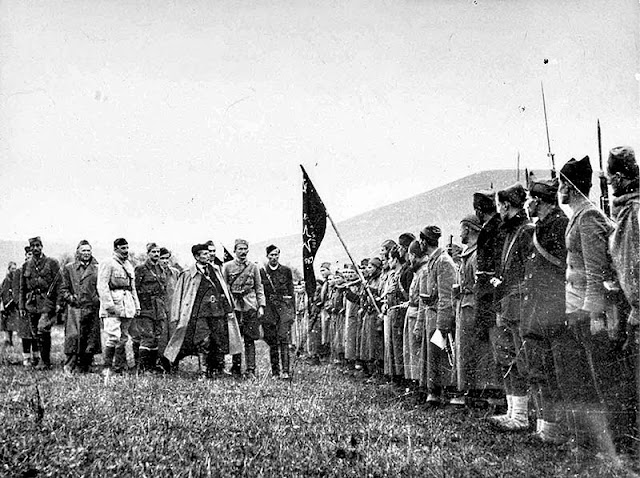Operation Bihać - Liberation of the city in occupied Europe in 1942

Comrade Tito inspected a battalion of the 3rd Krajina Brigade after the battles for Bihać, Bihać in November 1942. The Bihać operation is one of the greatest victories of the People's Liberation Army and Partisan Detachments of Yugoslavia in 1942. In it, eight brigades of the People's Liberation Army under the command of the Operational Headquarters for the Bosnian Krajina destroyed the Ustasha Home Guard garrison in Bihać and the surrounding areas and inflicted significant losses on the enemy. The battle for the city lasted from November 2 to 4, 1942, and continued with the ensuing march of the People's Liberation Army units against the remnants of broken units and demoralized surrounding garrisons. The Ustasha 4th (Brigade) and parts of the 12th Home Guard Infantry Regiment were defeated. This was one of the greatest in a long series of victories of the People's Liberation Army over the forces of the NDH, which shook the NDH and greatly limited the scope of its inst...



